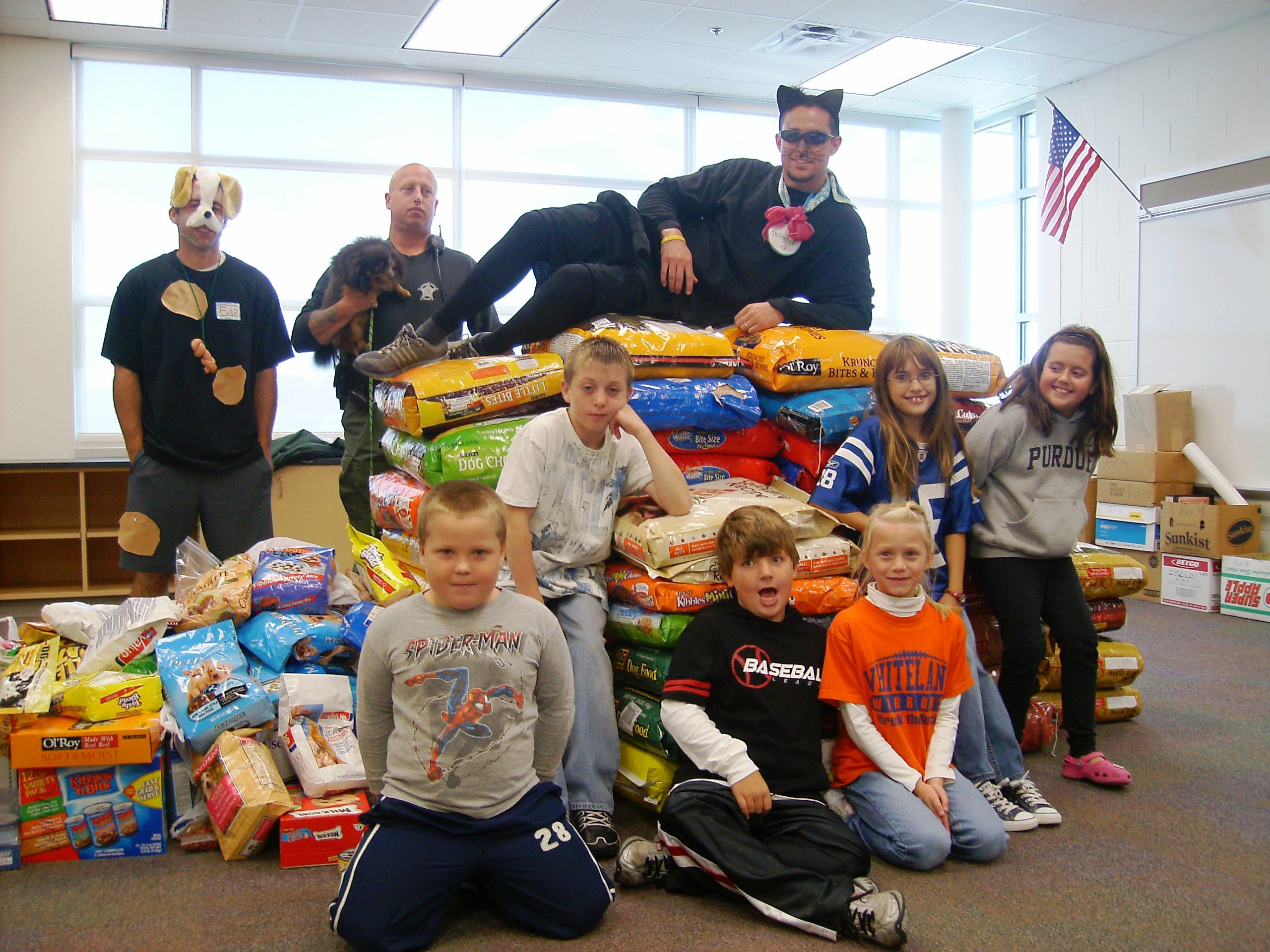ALL Students Are Able
This step-by-step mini-course guides educators to facilitate the service-learning process with students related to generosity and inclusion for people with all abilities. Just like generosity is part of all aspects of your life, teaching generosity and inclusion can be part of every aspect of teaching. We’ll show you how. This course is for the educator working in-school, after-school, with youth groups, or community foundation youth advisory committees.
This mini-course walks you and your students through a way of teaching to inspire student empathy and action with Learning to Give resources. We start with definitions and activities that explore concepts of community and able-ness, provide lesson plans and teaching background, and then share tools for students to investigate, plan, take action, and demonstrate a project and impact to a public audience. We suggest you first read through the whole course of five sections, then go back to the beginning and follow the “Do This with Your Students” steps at the top of each section.
After you complete this step-by-step process with your students, take the quiz and get a certificate. Then look for the other mini-courses that guide teaching and learning through other specific issues or times of year.
You may return to this course again and again for reminders, clarification, and ideas.
After completing this course (about 45 minutes), the learner is prompted to take a four-question quiz based on the content. Upon successful completion of this quiz, the learner may request a certificate suitable for a professional development portfolio, or as proof of .75 educational clock hours that can be used toward continuing education credit in most states. Please contact your State Department of Education or school district for specific information. Documentation of the completed courses and copies of the certificate are stored under "My Account" of the Learning to Give website where the learner may access (and print) them at any time.
The learner will:
-
define disability and community.
-
define philanthropy as giving time, talent, or treasure or taking action for the common good.
-
identify and lead students through the stages of the service-learning process.
-
articulate the importance of showing respect for others, including listening and sensitivity during difficult conversations.
-
describe the value of hearing all voices in community.
-
give examples of groups denied their rights in history.
-
select a service project based on interests, abilities, and research.
-
describe and give examples of characteristics someone who helps others.
-
describe civil society advocacy organizations and their relationship to human rights.
We are all part of several communities: our school community, our family community, our friends and neighbors, our city, our country, and the world! If we want students to care about the people in their communities, we have to show them that positive community interaction is related to THEIR interests and hearts, and every contribution matters. This first section defines philanthropy, inclusion, and diversity and provides tools so you can teach your students about their role in an inclusive society. An overview of the rich and deeply researched Learning to Give website provides tips of where you can go with teaching and learning beyond the introductory activities and lessons in this mini-course.
Society tells us what is expected and normal, but who gets to decide what normal is? It's common for a parent or teacher to say, "don't stare" when a child meets someone who is different from them. If we can adjust our attitude so we see everyone as able with different sparks that make them special, we build empathy, caring, respect, and a more peaceful and inclusive society. Part II discusses strategies for cultivating caring and belonging in the classroom.
A person's character and ability to see beyond outward appearance, rather than how another looks or acts, is a focus in how best to make a difference. The "Investigation" stage of service-learning helps us explore community, self-awareness, and the importance of inclusion.
There is no magic wand that will make all kids kind or a meeting orderly or a project to go mistake-free. The most important element of building a caring and inclusive group is relationship building. Start and end the time together with a few minutes of class meeting. Ask each student for a highlight or lowlight. Look them in the eye and expect that all students will listen and give others their moment to speak. Frequently in the day, stop and be mindful of the surrouncing environment, as well as awareness of feelings and senses. Asking kids to slow down their brains and focus on exactly what is present will help them see what is, replacing a full mind with space for being in relationship with others.
Part 5 provides an overview of the service-learning process we call the IPARD process. We give you some examples of service-learning projects. The process is a guide, much like the STEM or process writing strategy that involves students in asking questions, making plans, and carrying out projects with reflection and demonstration. With the process in mind as a guide, you will be ready to facilitate your students as they lead a service-learning project.
This quiz has four questions based on the mini-course "All Students Are Able." If you answer 75 percent correctly, you will have the opportunity to download a personalized certificate. You may revisit the course and retake the quiz, if desired. There is an additional open-ended question that...
